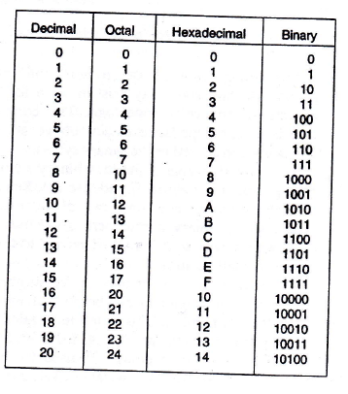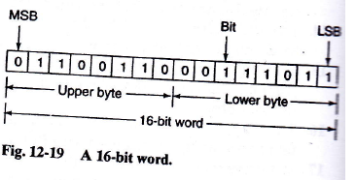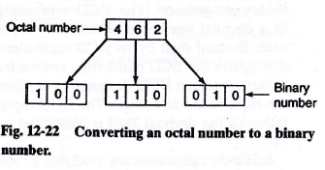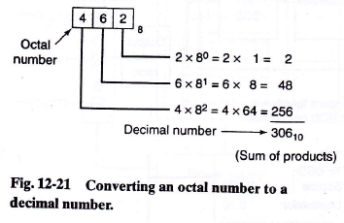Numerical control (NC) is a flexible method of automatically controlling machines through the use of numerical values. Numerical control enables an operator to communicate with machine tools through a series of numbers and symbols. Many languanges exist for writing an NC program, but the one most used is called automatically programmed tools (APTs).
The programming of NC machines can be categorized into two main areas : point-to-point programming, and contour programming.
- Point-to-point programming involves straight-line movements. The point where each hole is to be located is identified using X and Y coordinates. After each hole is drilled, the machine is instructed to move to the next point where a hole is to be drilled, and so on. The holes are drilled sequentially until program is completed.
- Contour (also known as continuous path) programming involves work like that produced on milling machines, where the cutting tool is in contact with the workpiece as it travels from one programmed point to the next.
Computerized numerical control (CNC) was introduced to replace the punched tape and hard-wired machine control of older NC units. CNC introduced a new flexibility into the manufacturing industry as the microprocessor-based control equipment brought features to NC machines, such as:
- Improved program mass storage, disk instead of punched tape
- Ease of editing programs
- Possibility of more complex contouring because of the computer’s capability for mathematical manipulation
- Reusable machine pattern, which could be stored and retrieved as required
- Possibility of plantwide communication with many peripheral devices
CNC VIDEO























